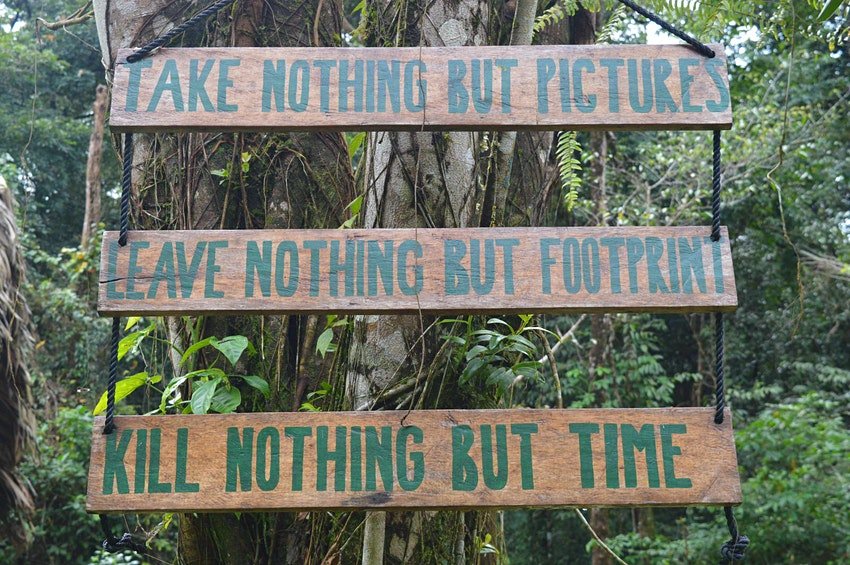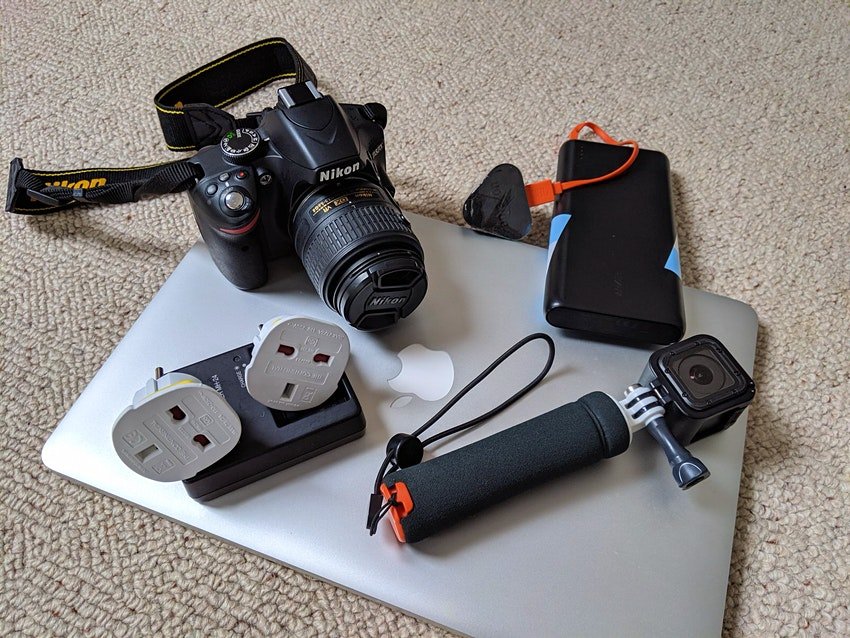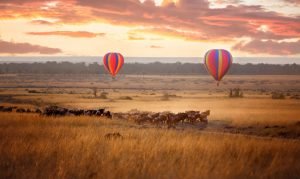
The Backpacking Guide to Tanzania

Backpacking is the outdoor recreation of carrying gear on one’s back, while hiking for more than a day. It is often but not always an extended journey, and may or may not involve camping outdoors.
The exact items you take can be tailored to your trip based on considerations such as weather, difficulty, duration and distance from help. To learn more, see our article on the Ten Essentials.
Things to consider as you plan a backpacking trip:
Route
Choose a location by deciding how far you can travel, how long you want to be gone, what you want to see, and how the weather looks seasonally. Interested in an alpine lake? A mountain summit? A canyon gully? Plan your route with maps, guide or reference books, and decide if the trail distance, elevation, and overall conditions suit your ability and fitness level.
Keep in mind, when you get down to essentials, backpacking is hiking with everything you need to stay one night (or more) on your back. You likely know what your experience level is like for hiking if you’re considering a backpacking trip. Give yourself lots of grace when you’re planning so that you’ll get to where you need to rest your head before dark.

What to Bring Backpacking
These items should be part of your backpacking checklist:
Navigation
Headlamp
Sun protection
First aid
Knife
Shelter / Sleeping bag and sleeping pad
Hiking boots or shoes
Tent
Stove and fuel / Kitchen supplies
Water bottles and water-treatment supplies
Weather-appropriate clothing
Emergency and hygiene supplies
Small repair kit
We definitely encourage your heading to your local outfitter for their recommendations as well: they can help you find the right fitting backpack and boots—two items that can make a world of difference when it comes to comfort on the trail.

Leave No Trace
How far from water should the tent be? Where should you pee? What will you do with soapy water, toothpaste spit, or toilet paper? The principles of Leave No Trace (LNT) can help answer these questions. Learn how to dispose of waste properly, respect wildlife, and be considerate of other visitors (among other things) before you hit the trail.

Safety
Being safe while backpacking includes items to pack, in addition to situational awareness and preparation. Know your route and ask yourself questions like: What conditions can you expect? Will you have the proper footwear for the terrain? And clothes for the weather? What would you do if you encounter wildlife? Are sudden storms common to the location?
Along with the essentials for navigation, illumination, and proper layers to wear, bring along your wilderness first aid kit and know how to use it. Other safety items include a multi-tool, knife, whistle, as well as bear spray and proper food storage containers if you’ll be in bear country.














